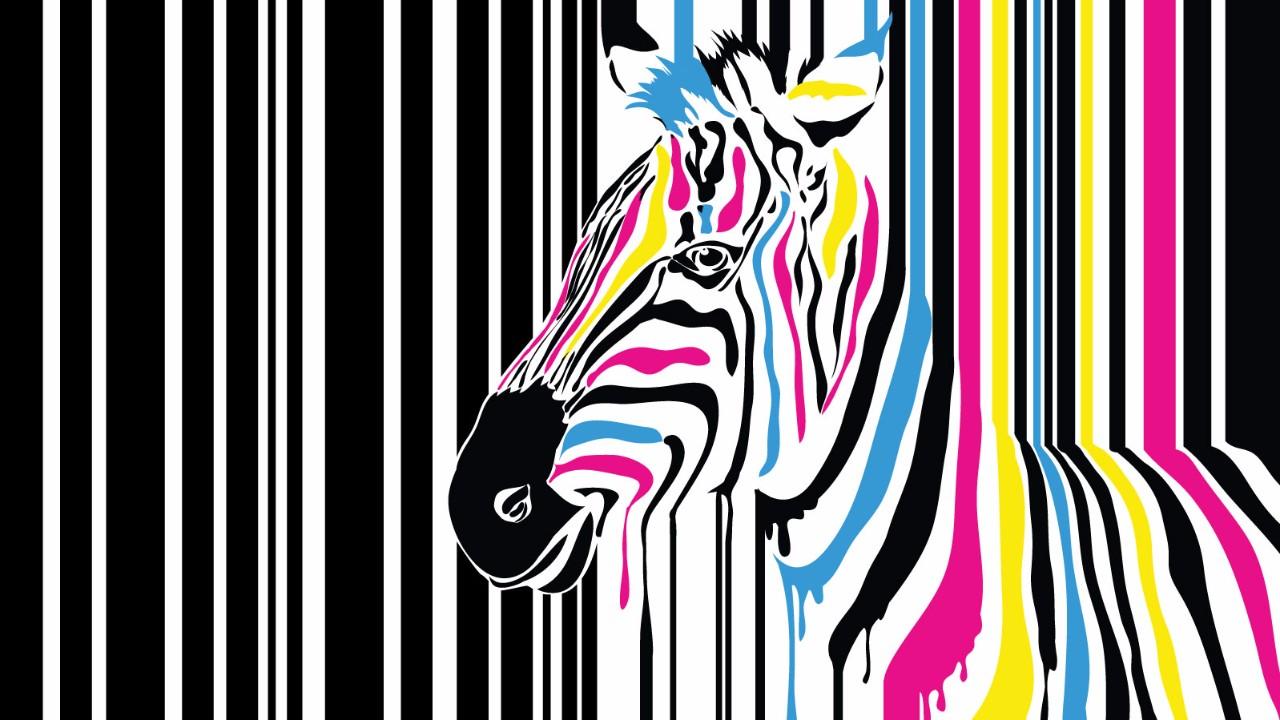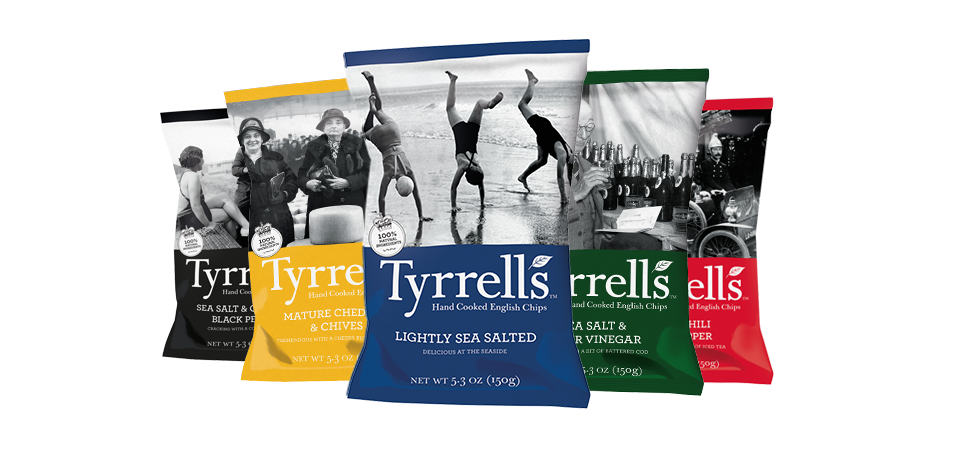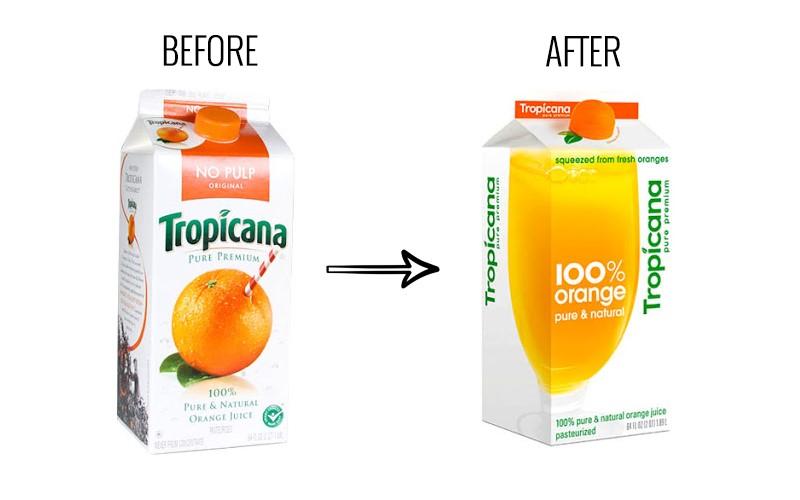

In the essential teachings of Branding 101, the mantra is clear: be different. Standing out in your category, capturing consumer attention, and being memorable are fundamental. In contemporary brand strategies, the term “brand distinctiveness” has surged in popularity, emphasizing not just differentiation but ensuring that uniqueness is intricately woven into the fabric of your brand. Explore how cultivating brand distinctiveness goes beyond mere differentiation, providing a strategic edge that resonates with consumers and leaves an indelible mark in your market. Embrace the power of being unmistakably unique in the dynamic landscape of contemporary branding.
Brands need to stand out and have that equity accurately attached to themselves. At the same time, they don’t want to be so extremely different that they are dismissed as outside the category or irrelevant by consumers. It’s a delicate act, and was recently discussed in HBR.
So, how do we achieve brand distinctiveness plus category relevance? Here are a few ideas:
1) Know the Codes of the Category
There are certain “codes” – colours, words, branding activities – that are common to a given category, be it personal care, hospitality, apparel, or automotive. It is important to study and map these codes to see which can be leveraged to help you fit in, and where you prefer to stand out, based on your brand positioning.
One example that comes to mind is Tyrell’s Potato Chips- they are potatoes, they are chips, and they are in a potato chip bag. But their brand identity is quite distinctive, from the typeface to the flavours to the use of black and white photography. Even the tonality of their messaging is unique. They stand out, but also fit in.

A great way to understand the codes of a category as well as to identify white space is by using semiotics and cultural research. A category map can be developed that outlines prominent themes and their expressions, and where the various competitors sit within that framework. It identifies potential opportunity areas, and provides insights into how a brand can tap into those areas through the brand concept as well as through its visual and verbal expression.
2) Develop new brands and concepts in stages
Developing a new product or brand asset all in one go, with one round of consumer testing planned before a nationwide launch, is risky. Instead, a more strategic method is to get hints along the way to carefully fine-tune the concept for differentiation and relevance. This can take several rounds of revision. During concept development and testing, pay attention to all cues – brand and product names, claims, packaging, photography, and more.
The majority of brand cases that do this iterative testing and development successfully are protected by confidentiality, as are Labbrand’s. But it’s easy to identify the cases when it has not been done – like a new packaging or communication that completely flopped. Some relevant examples are Tropicana’s rebranding and GAP’s recent advertisement.

GAP had to issue an apology after the public perceived the campaign to be racist, as the Ethiopian girl looks like she is an armrest for her Caucasian counterpart, she is also exhibiting a passive expression. It is surprising such connotations would not have been caught early on in the creative development and ad testing!

About five years ago Tropicana adjusted both their packaging and signature, resulting in a cleaner yet colder look and feel. Their sales dropped 20% in one month.
Beyond testing, the strategic deployment of brand communication or rebranding can be done iteratively for optimal results. Numerous brands adopt a phased approach, introducing a new product in a pilot geographic location before expanding based on insights and learnings. This method mitigates the risks associated with a nationwide, let alone global, launch of new brand materials. The key is to avoid the pitfalls of not standing out or fitting in. What valuable insights can be gleaned from the examples and discussions above, particularly in the context of fostering brand distinctiveness?
Explore the lessons learned and unlock the strategies to ensure your brand not only “Discover the strategic approach to brand distinctiveness beyond testing. Explore iterative methods, such as launching new products in pilot locations, to glean insights before a wider rollout. Mitigate risks associated with nationwide or global launches, ensuring your brand stands out without the pitfalls of not fitting in. Uncover valuable lessons and strategies to foster distinctiveness in your brand, resonating seamlessly with your target audience.”stands out but also seamlessly fits into your target market.
References:
http://adage.com/article/news/tropicana-line-s-sales-plunge-20-post-rebranding/135735
A Labbrand Group Company © 2005-2025 Labbrand All rights reserved
沪ICP备17001253号-3To improve your experience, we use cookies to provide social media features, offer you content that targets your particular interests, and analyse the performance of our advertising campaigns. By clicking on “Accept” you consent to all cookies. You also have the option to click “Reject” to limit the use of certain types of cookies. Please be aware that rejecting cookies may affect your website browsing experience and limit the use of some personalised features.